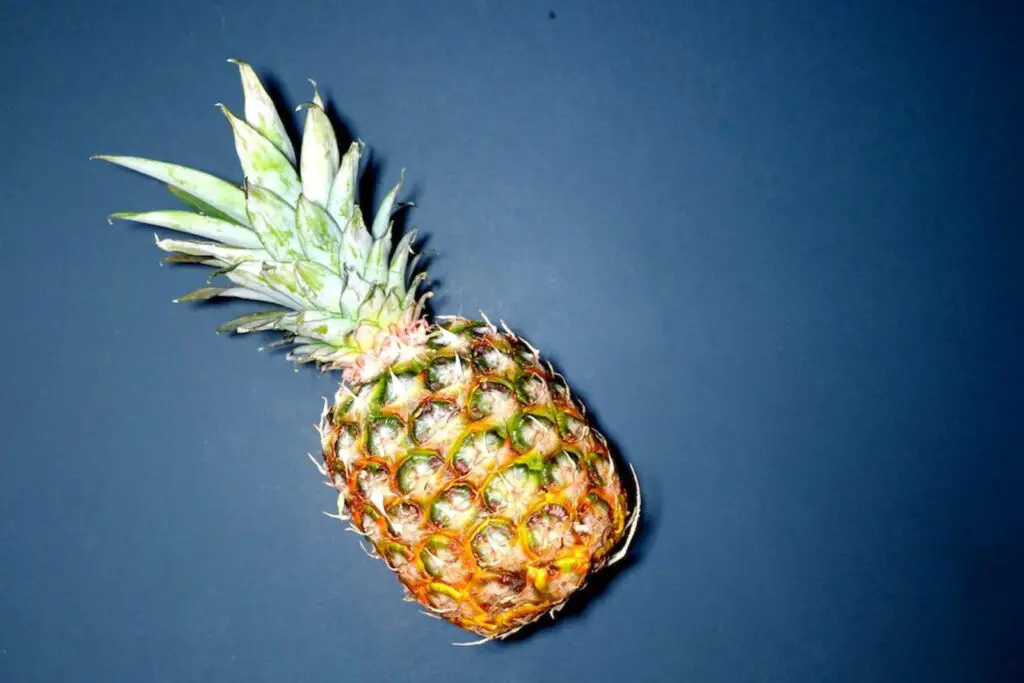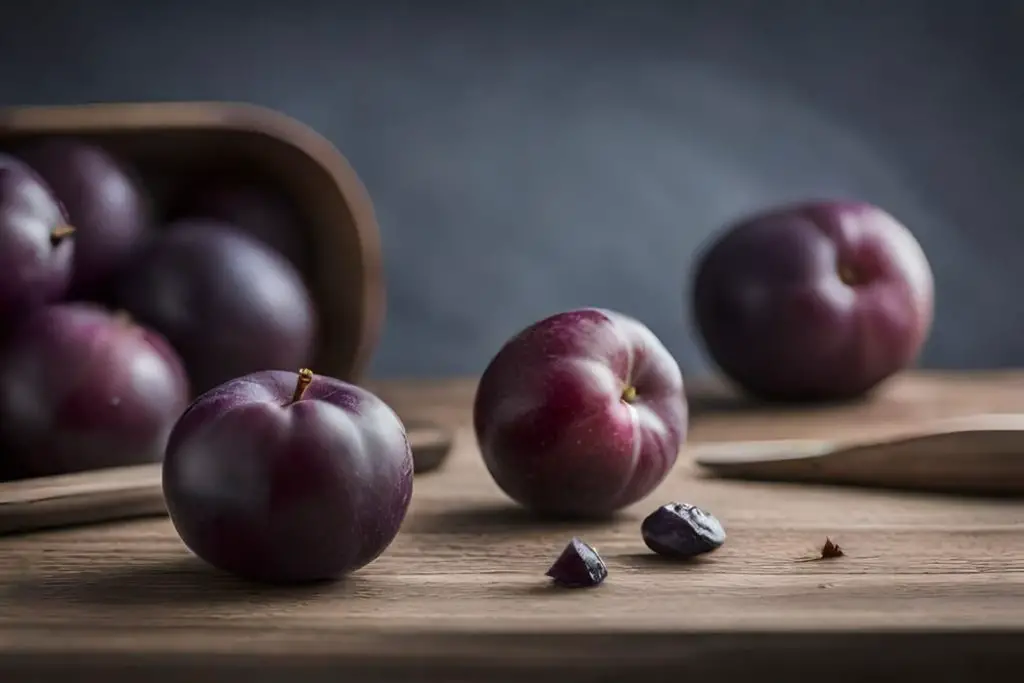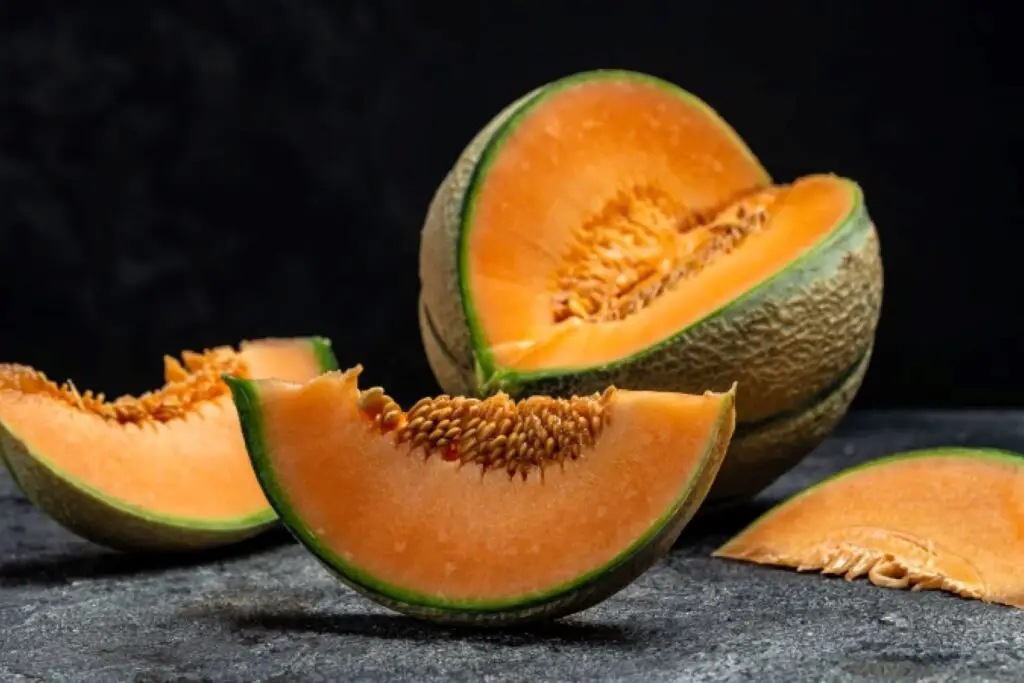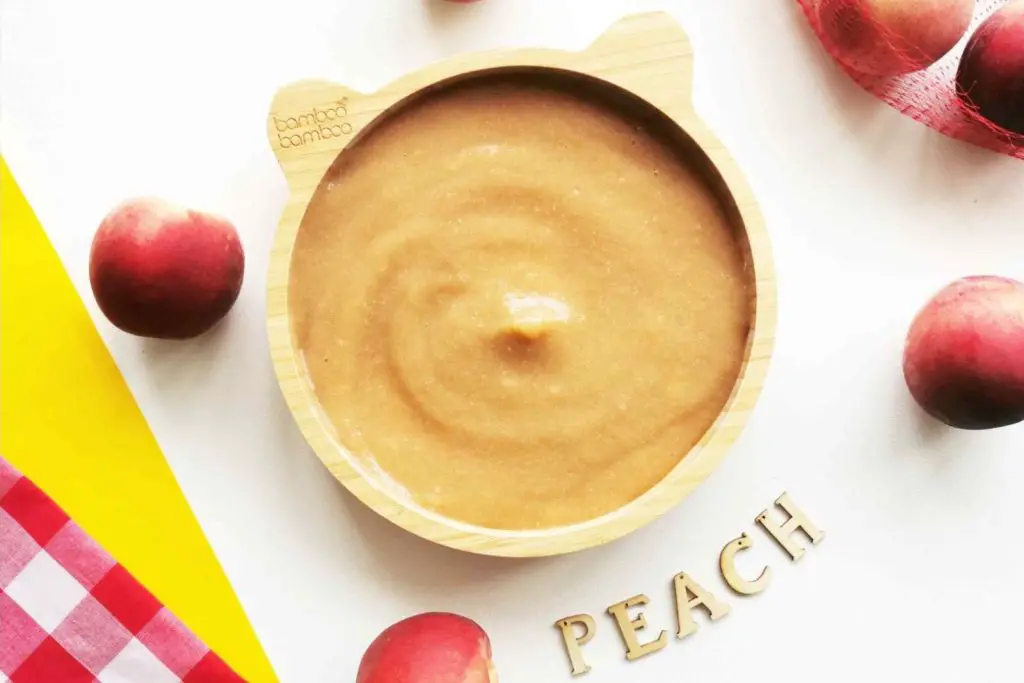
Raspberries, with their vibrant color and sweet-tart flavor, are a delightful summer fruit. Whether you’ve picked them fresh from the garden or bought them in bulk from the store, you may find yourself with an abundance of raspberries that you want to enjoy beyond their peak season. Freezing raspberries is a fantastic way to preserve their juicy goodness, allowing you to savor their taste and nutritional benefits throughout the year. By following a few simple steps, you can freeze raspberries properly and ensure their quality and flavor remain intact.
Here are the easy steps to freeze raspberries:
Step 1: Wash and dry the raspberries
Before freezing raspberries, it is crucial to wash them thoroughly to ensure they are free from any dirt, debris, or chemical residues. Washing raspberries helps remove any potential contaminants and improves their overall cleanliness.
To begin, place the raspberries in a colander or a sieve. This allows water to easily flow through the berries and ensures thorough rinsing. Gently place the colander under cool running water and let the water cascade over the raspberries.
Using your hands, delicately agitate the raspberries in the colander. This helps dislodge any dirt or particles that may be clinging to the berries’ surface. Ensure that you handle the raspberries gently to avoid bruising or damaging them.
Continue rinsing the raspberries until the water running through the colander appears clear, indicating that the berries are clean. It is essential not to soak the raspberries in water, as this can cause them to become waterlogged and lose their natural texture and flavor.
After rinsing, it is crucial to dry the raspberries thoroughly. Excess moisture can contribute to the formation of ice crystals during freezing, which may impact the raspberries’ texture and quality.
Gently transfer the rinsed raspberries onto a clean kitchen towel or paper towel. Pat them dry carefully, absorbing any moisture present on the surface of the berries. Be cautious not to crush or squeeze the raspberries while drying them.
Allow the raspberries to air dry for a few minutes on the towel or paper towels to ensure any remaining moisture evaporates. Ensure that the raspberries are completely dry before proceeding to the next step.
Can I freeze raspberries that are slightly overripe?
Yes, you can freeze raspberries that are slightly overripe. Freezing is a great way to extend the shelf life of overripe raspberries and prevent them from going to waste. While the texture may become slightly softer after freezing, the flavor and nutritional value can still be preserved, making them suitable for use in smoothies, sauces, or baked goods.
Should I remove the stems before freezing the raspberries?
It is not necessary to remove the stems before freezing raspberries. The stems of raspberries are edible and do not impact the taste or texture of the fruit when frozen. However, some individuals may choose to remove the stems for personal preference or specific recipes that call for stemless raspberries. It ultimately depends on your preference and the intended use of the raspberries.
Step 2: Arrange the raspberries on a baking sheet
To ensure that the raspberries freeze individually and do not clump together, it is important to arrange them in a single layer on a baking sheet. This step helps maintain the raspberries’ individuality and makes it easier to portion them out later when needed.
Start by lining a baking sheet with parchment paper or a silicone mat. These non-stick surfaces will prevent the raspberries from sticking to the sheet during freezing and make it easier to remove them afterward.
Once the baking sheet is prepared, carefully spread the raspberries on the sheet in a single layer. Make sure that the raspberries are not touching or overlapping each other. By keeping them separate, you allow air to circulate around each berry, promoting even freezing and minimizing the risk of them sticking together.
Take care to handle the raspberries gently to prevent any damage or bruising. Their delicate texture makes them susceptible to damage, so it’s important to be mindful during this process.
If you have a large quantity of raspberries to freeze, you may need to use multiple baking sheets or work in batches to ensure they are spread out properly. It is crucial not to overcrowd the raspberries on the baking sheet, as this can lead to uneven freezing and clumping.
Once you have arranged all the raspberries on the baking sheet, place it in the freezer. The individual freezing process allows each raspberry to freeze independently, preserving its shape and texture. It also makes it easier to remove the desired amount of raspberries later on without having to thaw the entire batch.
Leave the raspberries on the baking sheet in the freezer until they are firm and solid. This usually takes a few hours, but freezing times may vary depending on the size and moisture content of the raspberries.
Step 3: Freeze the raspberries on the baking sheet
Once you have arranged the raspberries in a single layer on the baking sheet, it is time to place the sheet in the freezer. Freezing the raspberries on the baking sheet is an important step known as flash freezing.
Flash freezing involves rapidly freezing the raspberries at a very low temperature. This quick freezing process helps to preserve the raspberries’ shape, texture, and overall quality. By freezing the raspberries individually and quickly, you minimize the formation of ice crystals, which can affect their texture and cause them to become mushy when thawed.
When the baking sheet is placed in the freezer, the cold temperature rapidly freezes the raspberries. The individual freezing prevents them from sticking together and forming a solid mass. It allows each raspberry to retain its distinct shape, making it easier to handle and portion them out later.
The freezing time for raspberries on the baking sheet will vary depending on factors such as the size of the raspberries and the temperature of your freezer. Generally, it is recommended to let them freeze for a few hours or until they are firm and solid. You can perform a quick touch test to ensure they are fully frozen.
Flash-freezing the raspberries on the baking sheet ensures that they maintain their integrity and are less likely to become mushy or clump together when stored in a container. This step is essential for preserving their quality and allowing you to easily access and use individual raspberries whenever needed.
Can I freeze raspberries without flash-freezing them on a baking sheet?
Yes, you can freeze raspberries without flash-freezing them on a baking sheet, but it may lead to clumping of the berries. Flash-freezing individual raspberries on a baking sheet before transferring them to a container helps prevent them from sticking together. However, if you don’t mind the raspberries being in clusters, you can skip the flash-freezing step and directly transfer them to a freezer-safe container or bag for freezing.
Step 4: Transfer the raspberries to a freezer-safe container
After the raspberries have frozen on the baking sheet, it is time to transfer them to a freezer-safe container. This step ensures that the raspberries remain well-preserved and protected during long-term storage in the freezer.
Start by removing the baking sheet with the frozen raspberries from the freezer. Carefully peel the raspberries off the parchment paper or silicone mat. You may need to use a spatula or your fingers to gently lift them off the surface, taking care not to crush or damage the frozen berries.
Choose a freezer-safe container specifically designed for freezing, such as a resealable plastic bag or an airtight plastic container. These containers are designed to keep out moisture and protect the raspberries from freezer burn.
If using a resealable plastic bag, ensure it is of good quality and free from any existing punctures or tears. Open the bag and carefully place the peeled raspberries inside. Remove any excess air from the bag before sealing it tightly. Press gently on the bag to create a flat layer of raspberries, which will make it easier to stack and store in the freezer.
If using an airtight plastic container, place the peeled raspberries inside, ensuring they fit comfortably without overcrowding. Leave some space at the top of the container to allow for any expansion that may occur during freezing. This extra space accommodates the formation of ice crystals without damaging the raspberries or causing the container to burst.
Whichever container you choose, make sure it is properly sealed to prevent air and moisture from entering, which can lead to freezer burn and deterioration of the raspberries’ quality.
Can I freeze raspberries in their original packaging?
It is generally not recommended to freeze raspberries in their original packaging. Most store-bought raspberry packages are not designed for long-term freezer storage and may not provide adequate protection against freezer burn. It is best to transfer the raspberries to a freezer-safe container or bag that provides a tighter seal and helps maintain the quality of the berries during freezing.
Step 5: Label and date the package
Labeling and dating the package is a crucial step when freezing raspberries or any other food item. It helps you keep track of the freezing date and ensures that you use the raspberries within their recommended storage time frame. This step is essential for maintaining the quality and freshness of the raspberries.
To label the package, you can use a permanent marker or attach a label with the current date. Write the date clearly on the container or label so that it is easily visible and legible. Make sure to include the month, day, and year.
The freezing date serves as a reference point for the raspberries’ storage duration. Different foods have specific recommended storage times in the freezer, and raspberries are no exception. By labeling the package with the freezing date, you can easily identify how long the raspberries have been frozen.
The optimal storage time for raspberries in the freezer is typically around 10 to 12 months. However, it’s important to check specific guidelines or recommendations for raspberries based on their freshness and quality. Labeling the package with the freezing date helps you track how long the raspberries have been stored and reminds you to prioritize their use before they exceed the recommended storage duration.
Additionally, labeling the package allows you to organize your freezer more effectively. When you have multiple packages of frozen raspberries or other frozen foods, it becomes easier to identify and retrieve the oldest items first. This ensures that you rotate your stock and consume the raspberries in a timely manner, preventing them from sitting in the freezer for too long.
Step 6: Store the container in the freezer
Once the raspberries are properly labeled and sealed in a freezer-safe container, it’s time to store them in the freezer. Proper storage conditions are vital for maintaining the freshness, flavor, and quality of the frozen raspberries.
Find a suitable spot in your freezer to place the container. Ensure that the area is flat and stable, as this prevents the raspberries from shifting or getting crushed during storage. Placing the container on a flat surface also allows for better organization and easier access to other items in the freezer.
When it comes to freezer temperature, it is recommended to set your freezer at or below 0°F (-18°C). This low temperature helps to preserve the raspberries by slowing down the deterioration process and maintaining their texture and flavor.
Freezing raspberries at such a low temperature inhibits the growth of microorganisms and enzymatic activities that can cause spoilage. It also prevents the formation of ice crystals within the raspberries, reducing the risk of freezer burn and maintaining their overall quality.
It’s important to note that maintaining a constant temperature is key to preserving the raspberries’ freshness. Fluctuations in temperature can negatively impact the raspberries’ texture and taste. Therefore, ensure that your freezer is operating optimally and avoid frequent temperature changes by keeping the freezer door closed as much as possible.
Properly storing the raspberries in the freezer at a consistently low temperature ensures that they retain their quality for an extended period. By following the recommended freezer temperature, you can enjoy the frozen raspberries for several months without compromising their taste or texture.
Other related questions
How do I thaw frozen raspberries?
Thawing frozen raspberries is a simple process that can be done in a few different ways. One common method is to transfer the desired amount of frozen raspberries from the freezer to a bowl and let them thaw in the refrigerator. This slow thawing process helps the raspberries retain their shape and texture. Alternatively, you can place the frozen raspberries in a sealed plastic bag and submerge the bag in a bowl of cold water for a quicker thaw. Avoid thawing raspberries at room temperature to prevent them from becoming mushy.
How long can I store frozen raspberries?
Frozen raspberries can be stored for an extended period, allowing you to enjoy them even when they are out of season. When stored properly in a freezer set at or below 0°F (-18°C), frozen raspberries can maintain their quality for around 10 to 12 months. It’s important to note that the longer they are stored, the more their texture and flavor may deteriorate. To ensure the best quality, it’s recommended to consume frozen raspberries within their optimal storage time frame. Proper labeling with the freezing date can help you track the storage duration and prioritize their use.
Can I refreeze previously thawed raspberries?
It is generally not recommended to refreeze previously thawed raspberries. Once raspberries have been thawed, their texture and quality can be compromised. Refreezing them can lead to further deterioration in flavor, texture, and overall quality. Additionally, the process of thawing and refreezing increases the risk of bacterial growth and potential food safety concerns. To minimize waste, it is advisable to thaw only the amount of raspberries you intend to use and consume them promptly.
How do I know if my frozen raspberries have gone bad?
To determine if frozen raspberries have gone bad, there are a few indicators to look out for. First, check for any signs of freezer burn, such as discoloration, drying, or frost on the berries. If the raspberries appear shriveled or have a noticeable change in texture, it may indicate freezer burn or loss of quality. Additionally, a strong off-putting odor or sour smell is a sign of spoilage. Finally, if the raspberries have been stored beyond their recommended storage time, it’s best to err on the side of caution and discard them if there are any doubts about their freshness or safety.
Can I use frozen raspberries with fresh ones?
Yes, you can use frozen raspberries alongside fresh ones in various recipes. Frozen raspberries can be a convenient substitute when fresh raspberries are not in season or readily available. They can be used in smoothies, sauces, jams, baked goods, or as a topping for desserts. Keep in mind that frozen raspberries may release more liquid when thawed, which could affect the consistency of certain recipes. Adjustments may be needed in terms of sweetness or cooking time when combining fresh and frozen raspberries in a recipe.
Can I freeze raspberries without washing them?
It is generally recommended to wash raspberries before freezing them to remove any dirt, debris, or potential contaminants. Washing the raspberries ensures that you freeze them in a clean state. However, if you prefer to skip the washing step, you can still freeze raspberries without washing them, but be aware that there may be a higher risk of retaining dirt or impurities on the berries. It is advisable to wash them thoroughly before consuming them after thawing.
Can I freeze raspberries with sugar or syrup?
Yes, you can freeze raspberries with sugar or syrup if desired. Adding sugar or syrup to the raspberries before freezing can help preserve their flavor and texture. The sugar or syrup acts as a protective coating and can help prevent the formation of ice crystals, maintaining the raspberries’ quality during freezing.
Can I use frozen raspberries for baking or making preserves?
Yes, you can absolutely use frozen raspberries for baking or making preserves. Frozen raspberries can be used as a convenient substitute for fresh ones in various recipes. They work well in baked goods like muffins, cakes, and pies, and can be cooked down to make delicious preserves, jams, or sauces. Just be mindful that frozen raspberries may release more liquid when thawed, so adjustments in recipe ingredients or cooking times may be needed.
Can I freeze raspberries in glass containers?
While it is technically possible to freeze raspberries in glass containers, it is not generally recommended. Glass containers are more susceptible to cracking or breaking when exposed to extreme temperature changes, such as during freezing. It is safer to use freezer-safe plastic bags or containers specifically designed for freezing, as they are more flexible and resistant to potential damage caused by expansion during freezing.
Can I freeze raspberries with other fruits or ingredients?
Yes, you can freeze raspberries with other fruits or ingredients if desired. Mixing raspberries with other fruits can create flavorful combinations for smoothies, desserts, or fruit mixes. However, be mindful of the texture and moisture content of the other ingredients, as they may affect the overall quality and consistency of the raspberries when frozen. It’s best to experiment and find combinations that work well together based on personal preferences and intended use.
Can I freeze raspberries without packaging them in plastic?
Yes, you can freeze raspberries without packaging them in plastic. Instead of using plastic, you can opt for alternative freezer-safe containers such as glass containers or stainless steel containers with tight-fitting lids. Another option is to use reusable silicone freezer bags, which are a more eco-friendly choice. Just ensure that whatever container you choose provides airtight and moisture-proof protection to maintain the quality of the raspberries during freezing.








